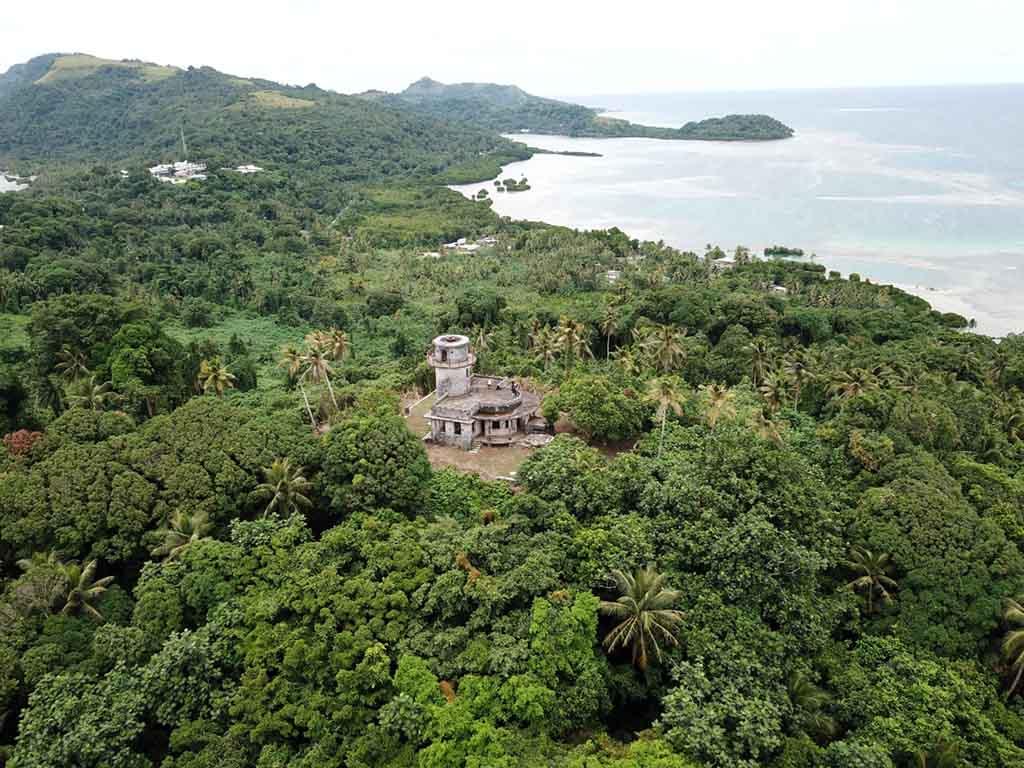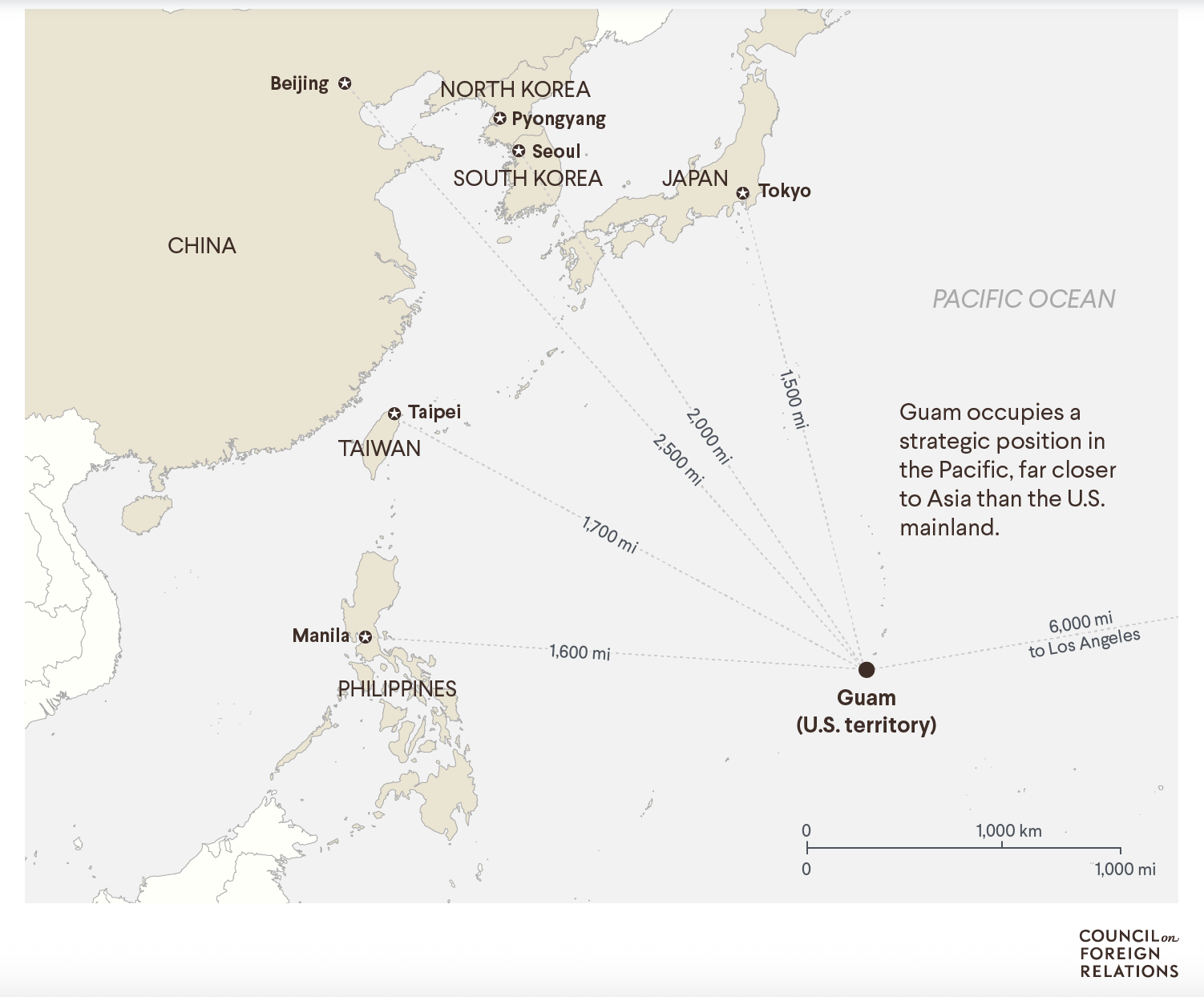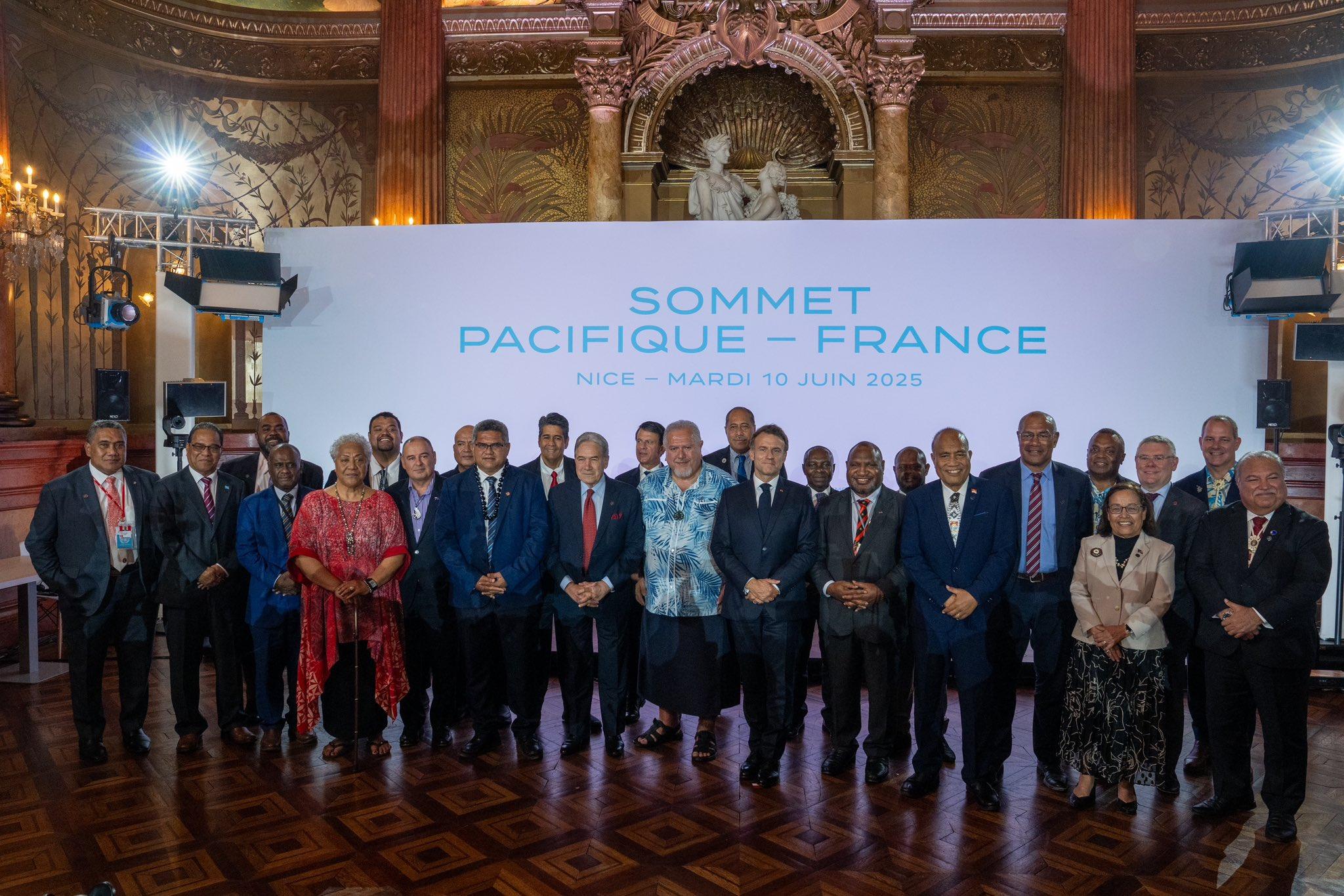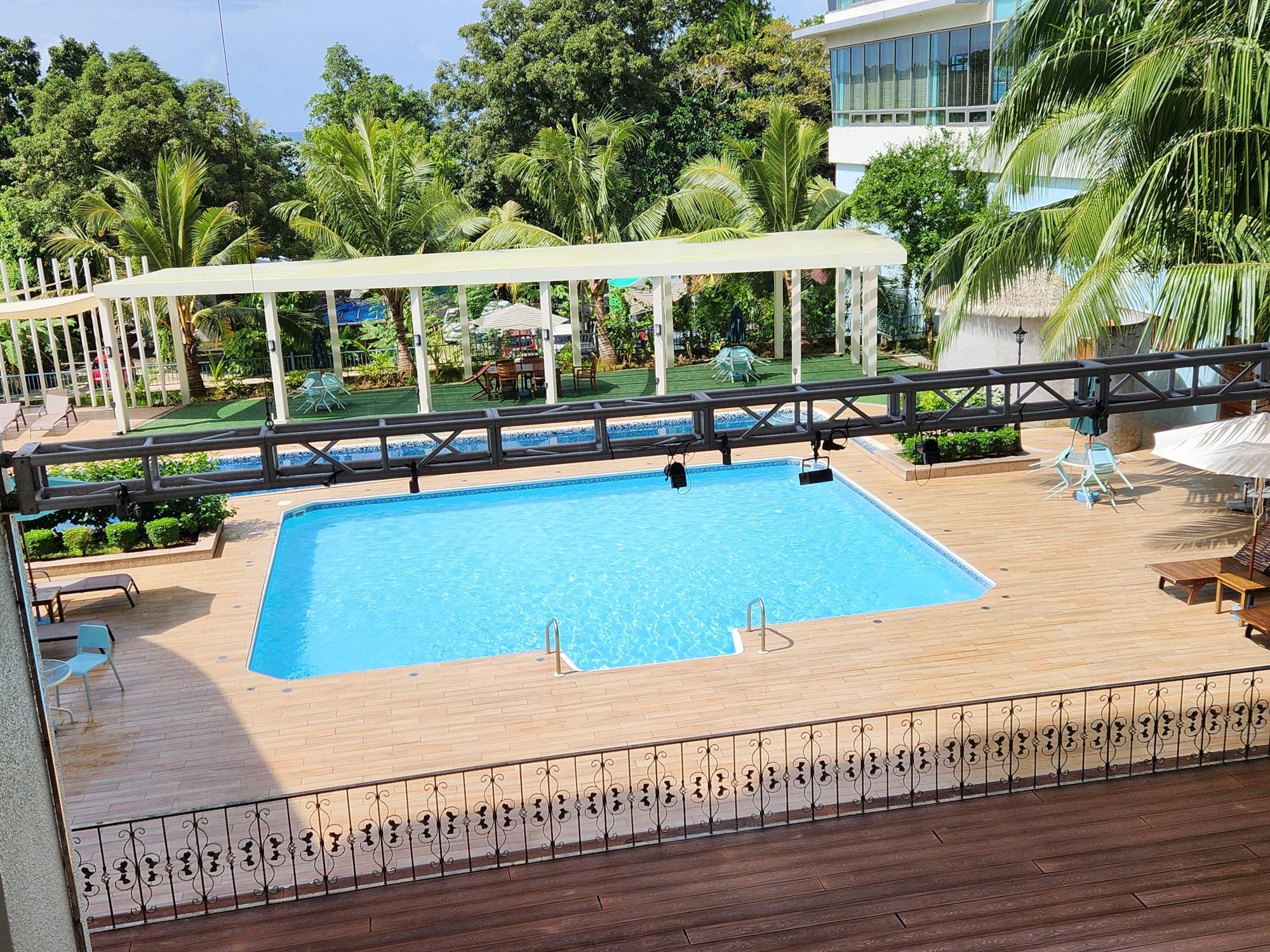Japan Correspondent
WENO, Chuuk — For far too long, Chuuk has been reliant on the dive sector to keep its travel industry afloat.

By highlighting Chuuk’s unique culture, traditions and unspoiled natural wonders, he is confident that the islands can appeal to an entirely new segment of the world’s travelling public.
“At the moment, we are still in a period of rebuilding after the pandemic, trying to rebuild revenue streams,” Akapito told the Journal.
In 2019, the last year before virtually the entire global travel industry was shut down by the public health crisis, around 7,000 foreign visitors arrived in Chuuk. The year 2023 saw figures recover to around 4,000 arrivals, the best since the enforced shut-down.
Most visitors are divers keen to explore a lagoon that is littered with the wrecks of more than 60 Japanese warships, as well as Japanese and U.S. aircraft that are a legacy of Operation Hailstone. The attack in February 1944 by the U.S. against the Imperial Japanese Navy’s most important base in the central Pacific was devastating and the shallow waters of the 820-square-mile lagoon are today renowned as offering the best wreck diving in the world.
Akapito said U.S.-based divers account for the largest number of arrivals, thanks in large part to the bureau’s promotional work among specialist dive travel companies in North America.
He would very much like to see more divers from Asia travelling to Chuuk, but complicated and expensive visa arrangements for anyone passing through Guam — the most important gateway to the Federated States of Micronesia — is off-putting to many, he said.
The termination about six years ago of flights with Air Niugini was also unfortunate, he said, as flights transiting through Port Moresby brought in travelers from South-East Asia and Australia.
At present, Akapito’s office is making the most of its links with the Pacific Asia Travel Association to research and reach out to the international travel market. It is also a committed participant in the annual DEMA event put on by the Diving Equipment and Marketing Association, the largest trade-only show for diving, travel and action water sports professionals. This year’s event is scheduled to take place over three days in Orlando, Fla. in November.
A number of other trade shows are also on the calendar for the coming year, depending on the funding that is available, including events in Australia, Akapito said.
The bureau also makes extensive use of the Internet and social media to raise Chuuk’s profile, he said, while it is also in close contact with the Fiji-based Pacific Tourism Organization, an intergovernmental agency that conducts research on the region’s industry and helps to market, promote and develop the sector.
Yet Akapito said the key to further growth in the domestic travel sector lies in delivering unique experiences beyond those that lie beneath the surface of the lagoon.
“We really want to be able to offer culture-based and community tourism that are authentic and show the real people of Chuuk and how we are different from other islanders across the Pacific,” he said.
“We are open to people who are interested in interacting with cultures beyond their own and who want to better understand the world,” Akapito said.
Beyond diving, Chuuk can deliver environmental travel, culture, sport fishing and locations across the island that will fascinate history buffs.

“A large part of who we are as people if obviously the ocean, so we intend to use that, but we equally do not want to build programs that replicate what people can see or do in Tahiti or Honolulu,” he said. “Equally, we do not want the numbers of tourists that they have in Guam or to have skyscraper hotels.
“We want to be authentic and at the same time to have a travel industry that supports the community.”
The bureau at present has five staff and Akapito said a key part of driving the islands’ tourism sector will be developing the human resources required to meet visitors’ needs and “getting people interested in tourism as a career.”
Achieving a balance between inbound flights and the accommodation that is available is also critical, he said, as too much of one will mean a shortage of the other and unhappy visitors.
“We need to lift both sides of the equation at the same time, at a steady and sustainable rate.”
Despite the challenges, Akapito is convinced Chuuk has great potential for travelers who are looking for a destination that is off the beaten path and has unique selling points.
“We have so much to offer from the ocean to the tops of our mountains,” he said. “There are bird and plant species here that are only found here so we have nature tourism. The islands in the lagoon are all different in some way and the people there do things their own way. These islands are isolated and still pristine, so they are fantastic places for people who are fascinated by culture.
“The potential is huge,” he said.
Akapito said his personal favorite place in the islands is the old Japanese lighthouse high on the promontory on the north-east tip of Weno island, where it would have helped to guide vessels into the safety of the lagoon through one of the passages in the outer reef.
More than three stories high, the ground floor still has original black-and-white tiles, and a circular staircase leads to the uppermost floor and the rusting remnants of the navigation light. Much of the west side of the structure is pockmarked from large-caliber bullets fired by attacking U.S. aircraft. In places, the concrete has been so badly damaged that the inner metal supports are visible.
“I like to walk up there and think about what went on here in the past,” Akapito said. “The marks on the lighthouse are very clearly visible but the views across the lagoon now are wonderful.”
Chuuk has a number of hotels that host business travelers and tourists alike, including the Truk Stop Hotel and the Blue Lagoon Resort — both with dive shops — and other properties that attract budget travelers. Chuuk Lagoon also has liveaboards. mbj



















